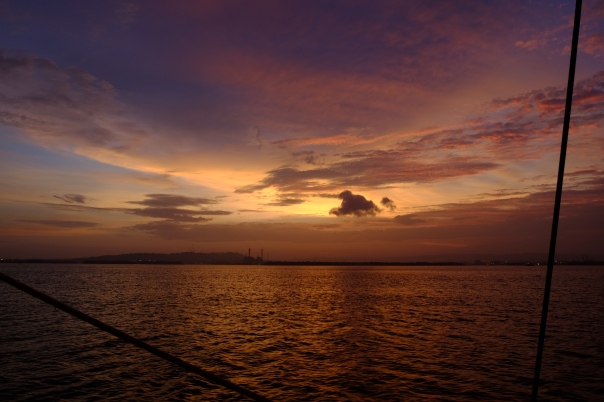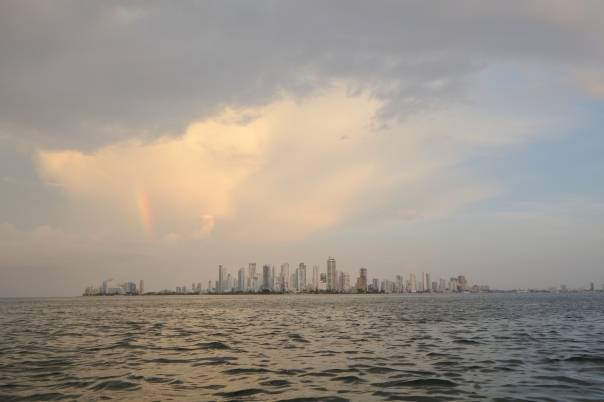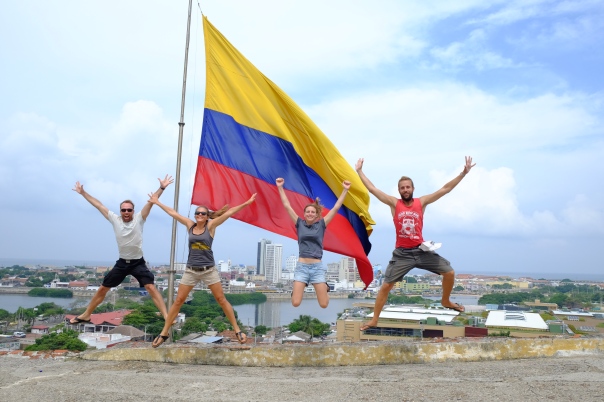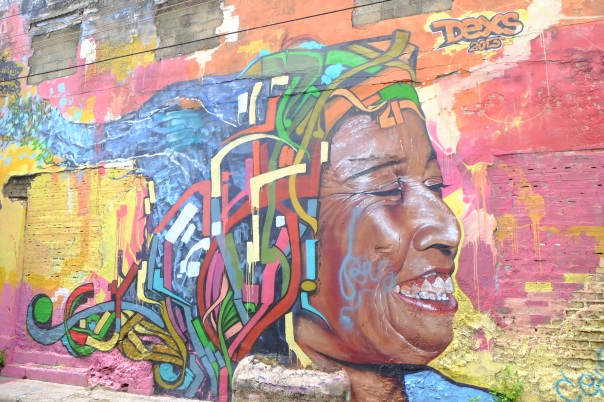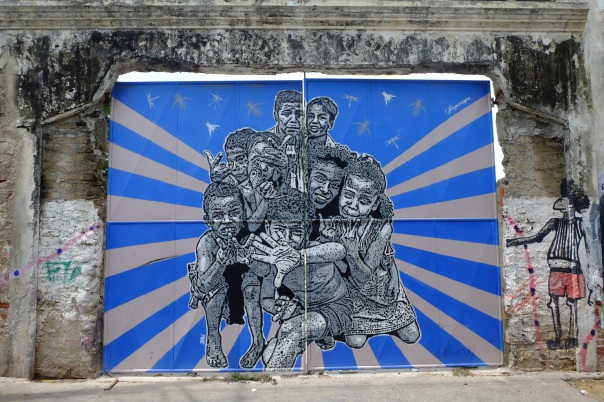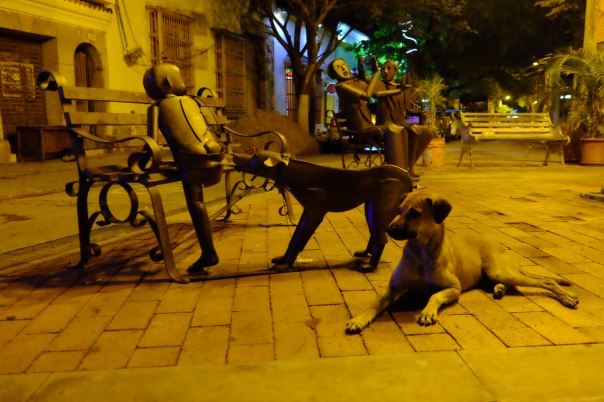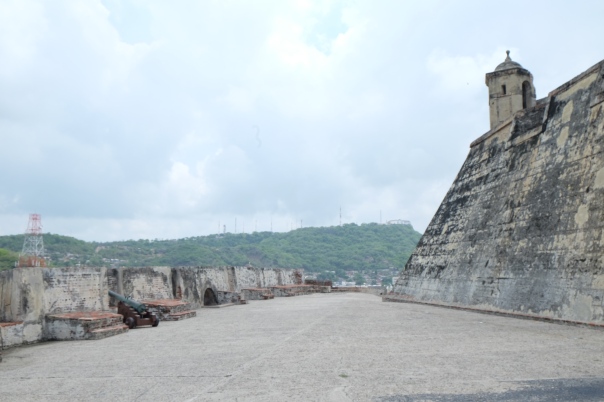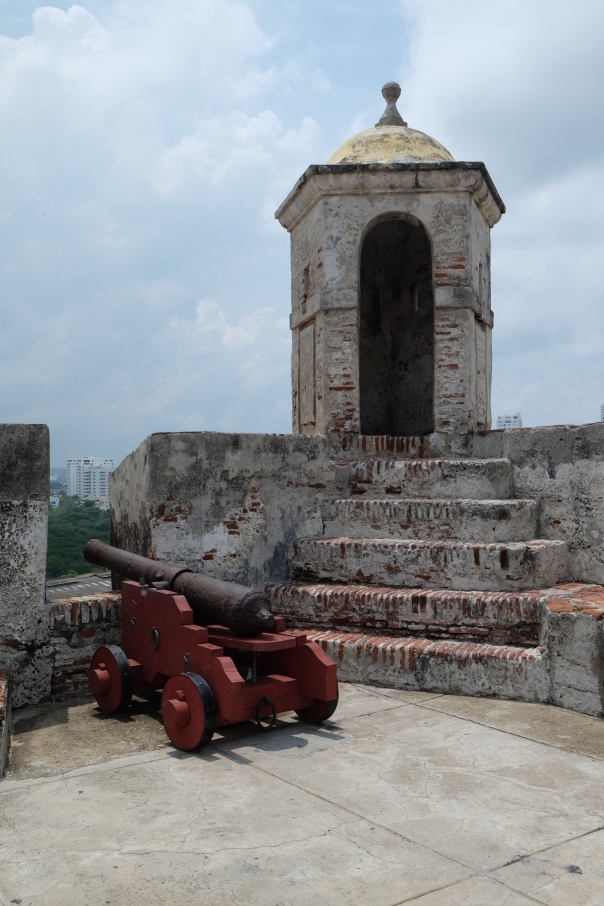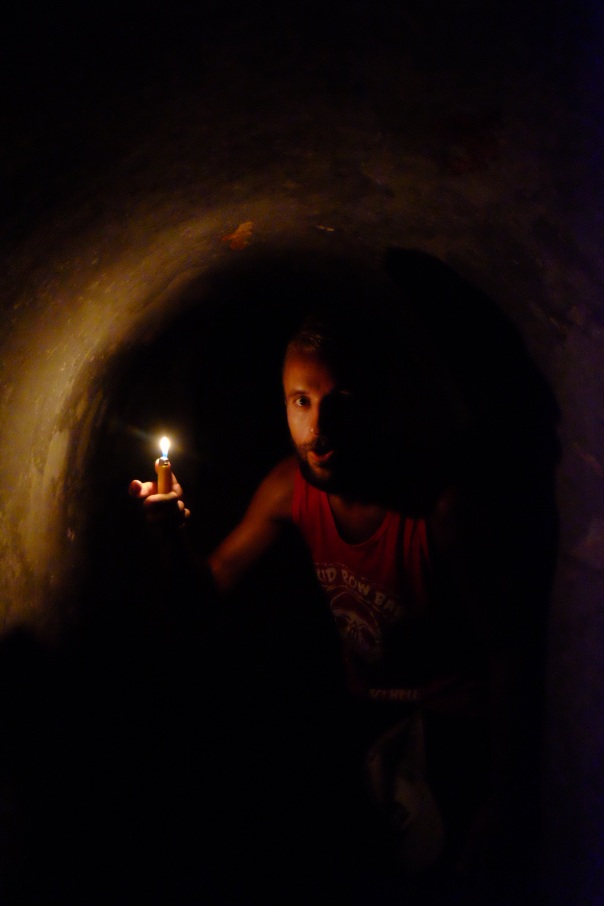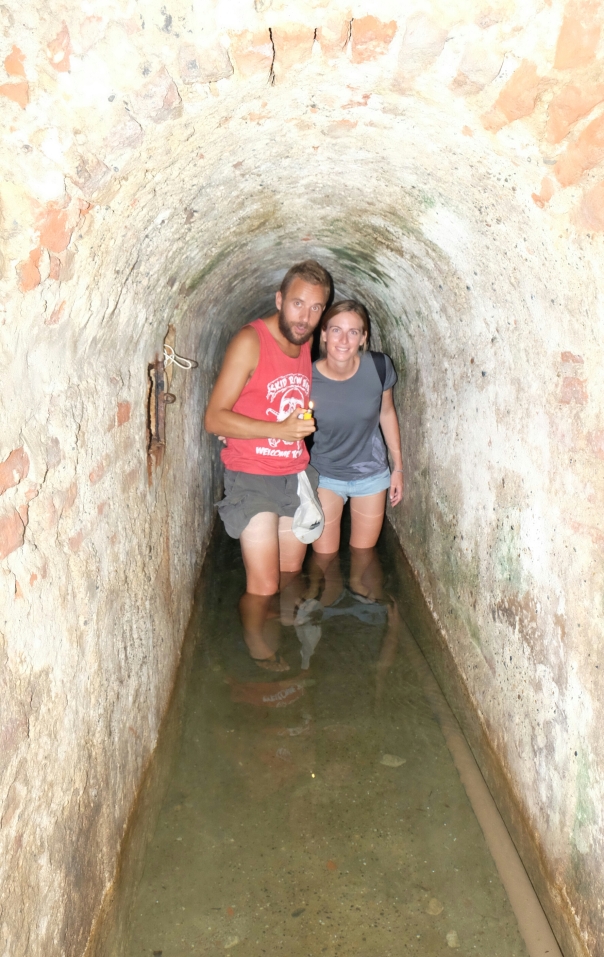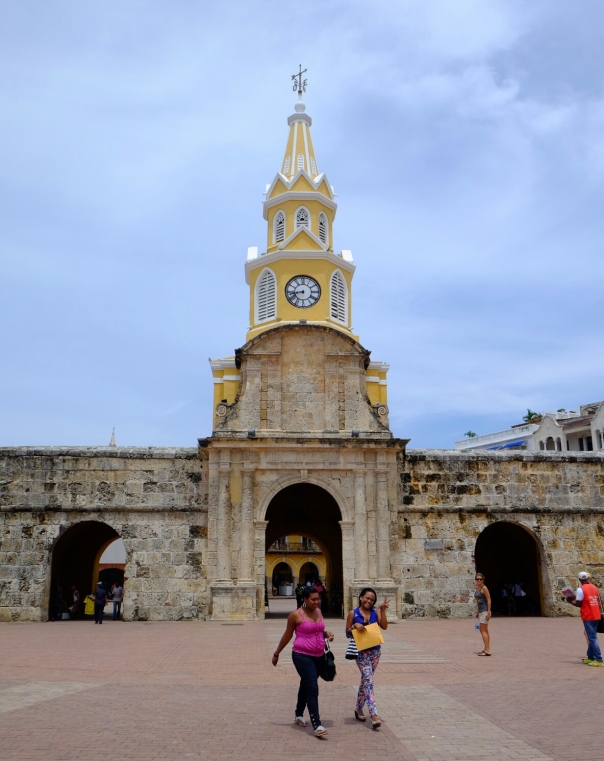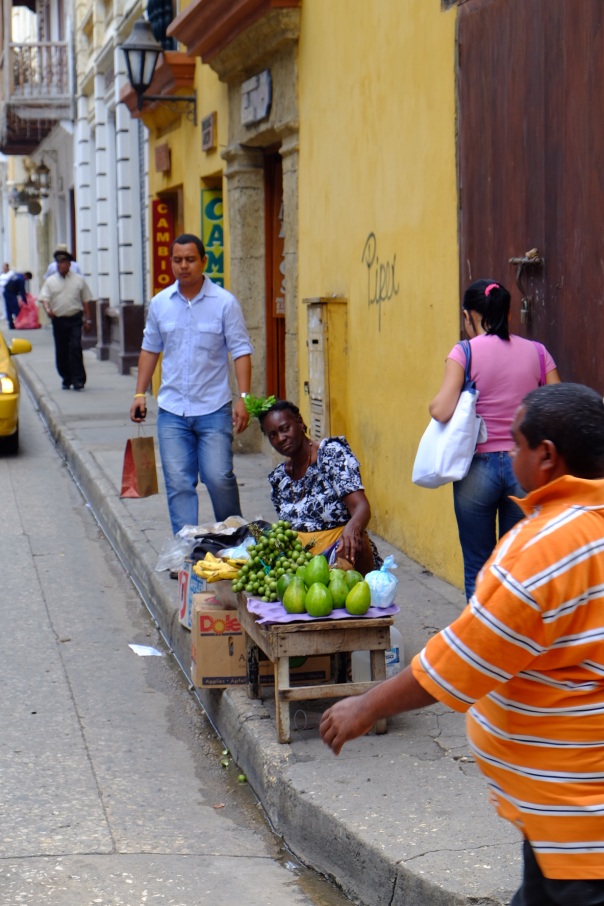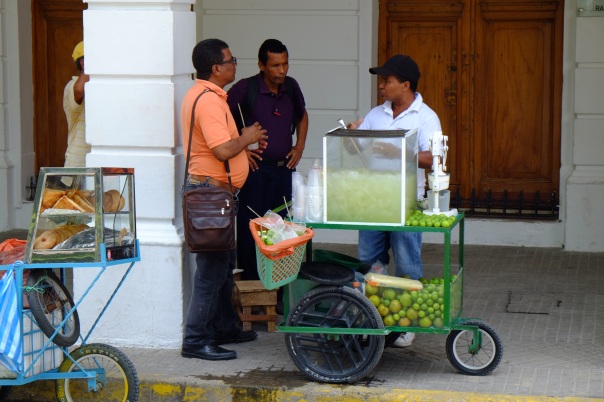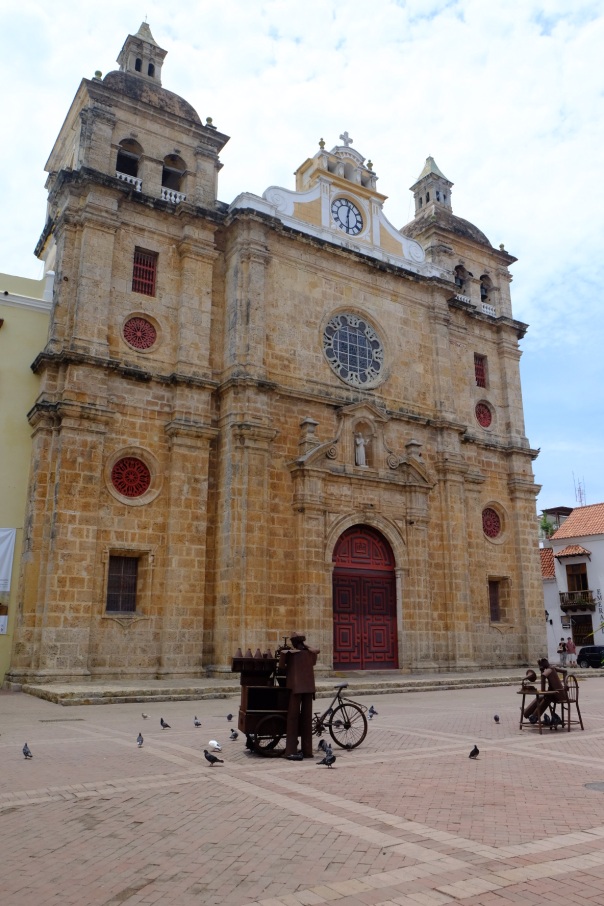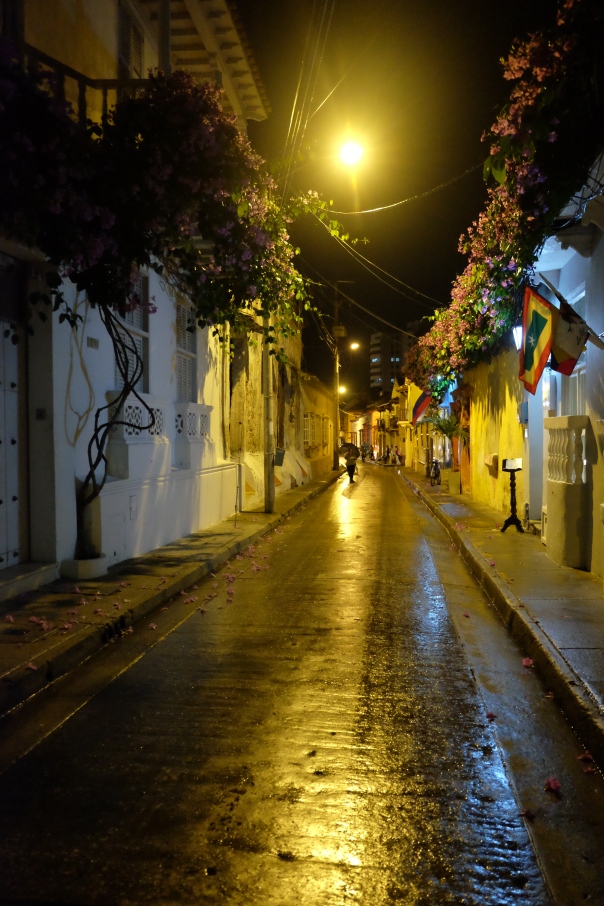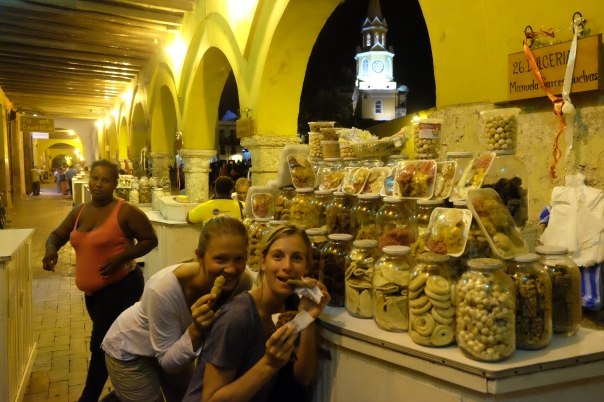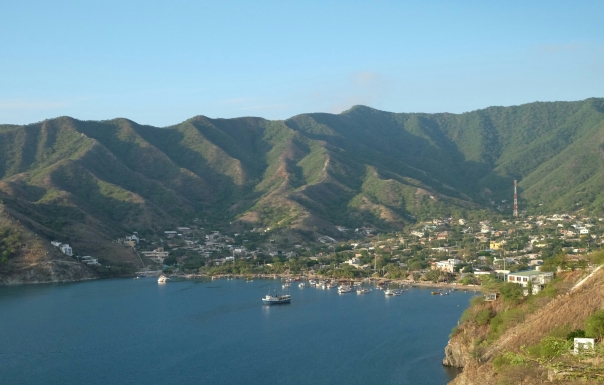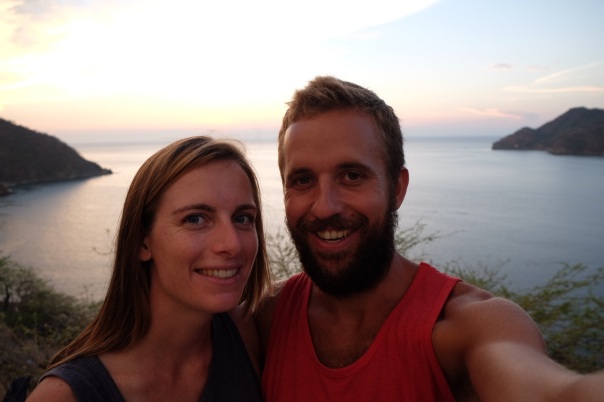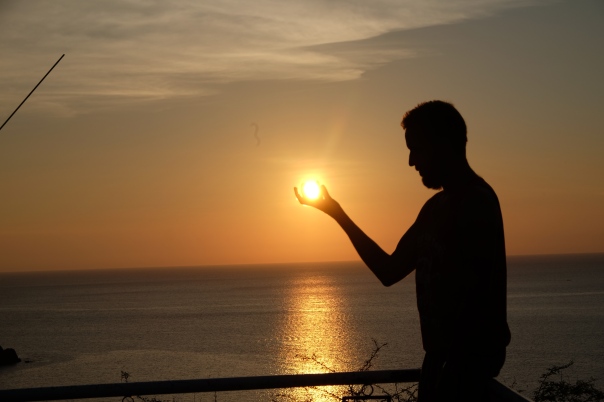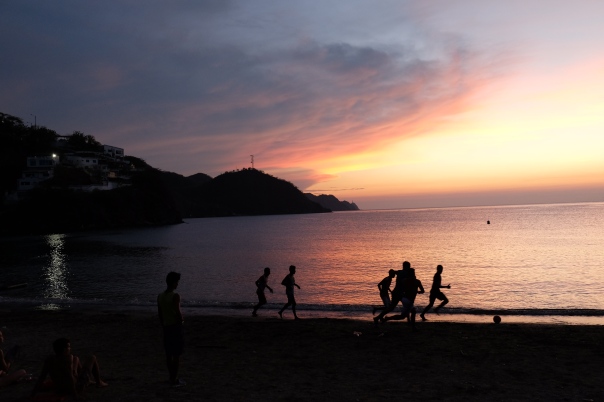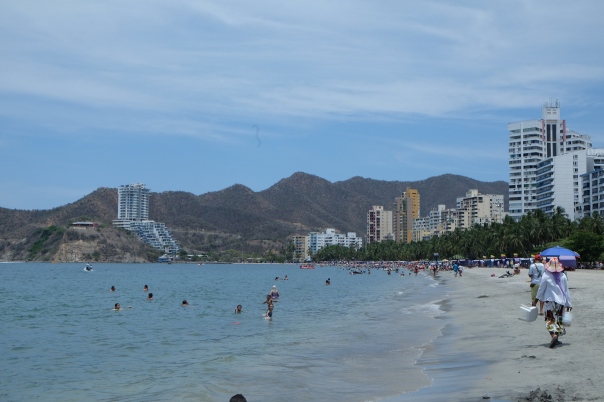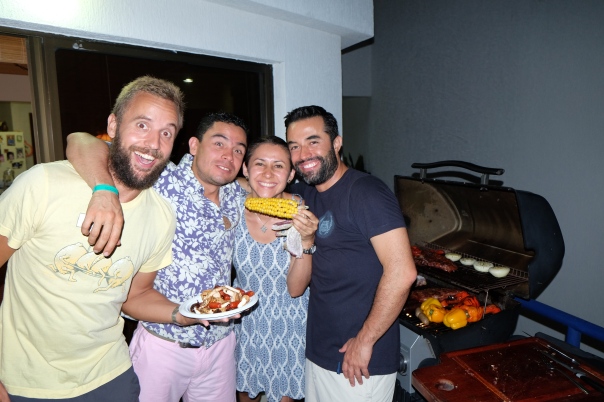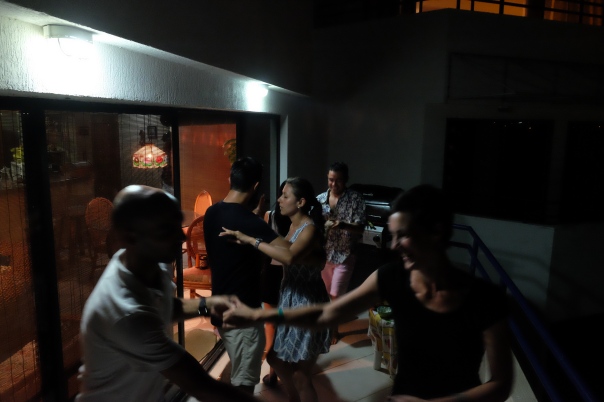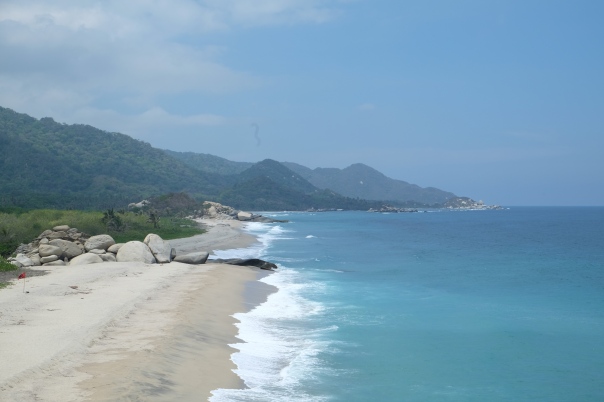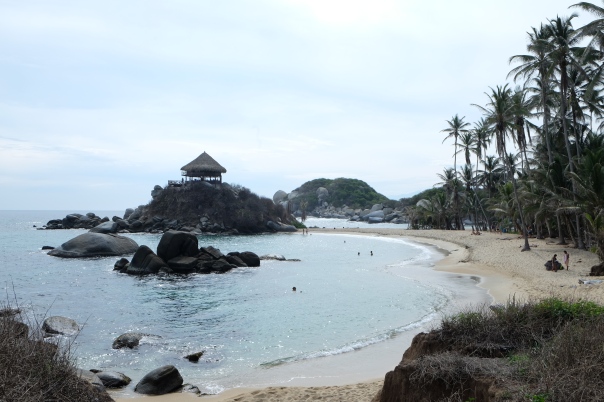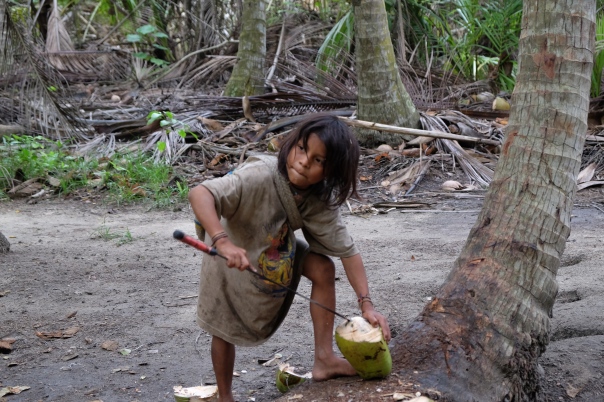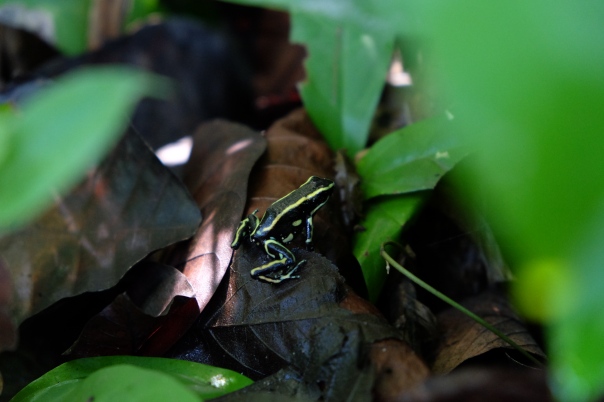Blog Archives
Chile I – Santiago & surrounds
After a long drive from Mendoza, the marathon border crossing in the Andes and the typical map-related arguments (it’s complicated when the map is missing streets and half the names!), it was a relief to finally arrive in Valparaíso.
Valparaíso is a rather curious city, it was built on top of a group of many steep hillsides overlooking what was once one of the most important ports in the Pacific Ocean (and the world!). The big commercial shipping port gives it a gritty feel, as do all the once grand, but now dilapidated buildings, but this is mixed in with colourful houses on the surrounding hills, an unusual system of funicular lifts, UNESCO world heritage recognised streets and our favourite part, excellent graffiti murals.
It was once the most important port in the world due to its location as a convenient stopover point for ships travelling between Europe and the Californian gold fields. So it was full of wealth and opulence, European immigrants and of course sailors, until the Panama Canal was built and most boats opted for the shortcut through Central America instead.
Given the hilly nature of Valpo (as the locals call it) you really have to wander the streets to get a feel for it, so we sought out the local tour4tips for a walking tour (very recommendable!). There are 45 cerros (hills) surrounding the bay and the houses & buildings have been built to measure, adapting to the terrain. In order to access the hills apart from lots of stairs, there are funiculars (or ascensores – lifts), many of which are more than 100 years old and still in operation!
After visiting the main sights down on the flat area of town, we took a funicular up into the hills Cerro Alegre and Cerro Concepción where we started to see the street art culture coming alive. Graffiti remains illegal in Valparaíso, however the murals are used as an ingenious way to avoid unwanted damage and tagging on the walls of buildings and houses. We spent hours wandering the cobbled streets seeing vibrant, abstract and sometimes a little shocking works of art. Valpo attracts many famous artists both local and from around the world who come specifically to make murals there.
Several artists stood out from the crowd as we started to see their work on many different walls. Our particular favourites were murals containing clown-like dolls usually with a lot of symbolism and indigenous culture references by Inti Castro, humming birds and other native animals by Charquipunk, and strange half fish half man murals by Daniel Marceli.

We also made a quick day trip to the more upmarket neighbouring city, Viña del Mar, to check out the beach and to see one of the only Moai statues from Chile’s Easter Island that is now on the mainland.
Once in Santiago, we hit the streets again for the local tour4tips and, with Roser and Antonio, we very ambitiously signed up for both morning and afternoon walking tours (6hrs in 30 degree heat!!). It is another city of vast contrasts and we traipsed from the beautiful green parks, through the old, but neat city centre, to the central market and poorer neighbourhoods and the grand cemetery.
We were introduced to many of the city’s Quiltros (stray dogs) who joined us on the walking tour as they do every day protecting us from other dogs and, strangely enough, bald men, until we entered the metro where they know they are not welcome. Quiltros are very friendly and are generally a loved part of the society. Locals and businesses leave out bowls of water and food for them and there are even dog houses installed in the local parks.
Another intriguing tradition we came across in Santiago is the Café con Piernas (literally coffee with legs). So the story goes that when cafés were first introduced to Santiago, they were big failure until, in order to create demand, some clever minded businessman decided to create a café where the coffees were served by very short-skirted waitresses. This has since evolved into a scale of coffee shops, ranging from the basic short-skirt variety, all the way to the to the cafe’s with darkened windows that look like stripclubs – only that it seems to be perfectly normal for the local businessmen to be in there for the morning coffee meetings.
We also learnt loads about Chile’s 1973 military coup where Augusto Pinochet overthrew Salvador Allende’s socialist government to start a 17 year dictatorship. As we found in Cuba, it was very interesting to talk to various different people about Pinochet’s military dictatorship which lasted until 1990 and understand the different points of view. We also visited the Museo de la Memoria, which houses interesting exhibits about the military coup and events (violations of human rights etc) that followed in Chile’s history. They even have a station where you can listen to Allende’s last address to the nation which he broadcast nationally on the last non-compromised radio station during the air-raid attacks on the Presidential Palace. After Pinochet’s troops stormed the palace, according to the official story, Allende was found dead of an apparent suicide, however the bullet entry points potentially suggest otherwise.
As we still had a hire car with Roser & Antonio, we also got to see some of the surrounds of Santiago on a day trip out to the Cajón del Maipo, another excellent wine region, and the Embalse el Yeso. The embalse is a turquoise dam reached along a rough and dusty dirt road. Unfortunately it was a too cold and windy to stay long and enjoy, but on the bright side the scenery was beautiful and we worked up a thirst for a wine tasting at the Casillero del Diablo on the way home.
After farewelling Xavi’s parents we caught up with our mates Alex & Elena, for an awesome week of fun, catching up, great meals and more exploring in Santiago. We’re so grateful to have been able to stay with such great friends like these along the trip, thanks so much guys!!
For the first time, we also tested our recently acquired camping tent on a weekend away to Las Peñuelas. The tent was fine, but the best part was our campfire feast where Alex & Elena showed us a few things they’d learnt to improve an Aussie BBQ while in Chile.
Speaking of great friends, we also caught up with another old friend from our university exchange in Vancouver (2005), Cristobal, and got to meet his family and friends over a BBQ lunch.
Between Christmas and mid-January we’ve been staying with family and friends which has been a very appreciated change from the backpackers dorms. Quite possibly our trip would have ended sooner if it weren’t for these mini-breaks! So, sad to leave our mates, but as always excited for the next adventures waiting for us down the road, we set off for Puerto Varas and to discover more of Chile’s south.
Big hugs,
Xavi & Sal
























































